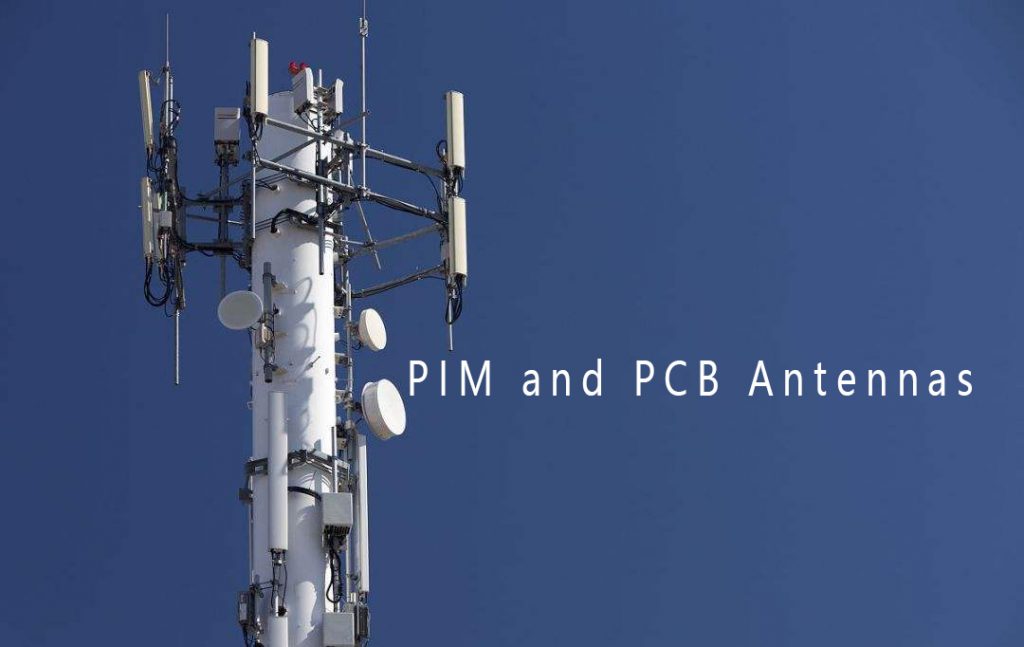PIM
Passive Intermodulation (PIM) has been a concern in wireless transmission systems since the 1970s. PIM affects systems that use a single antenna for both transmitting and receiving signals on multiple carrier frequencies. Slight non-linearities in the input/output relationship in the system can generate additional signals that are in-band at very low power levels that can increase the noise-floor. Increased noise degrades system performance. Its effects are becoming more noticeable with each new generation of wireless communication technologies.
To suit a growing consumer appetite for “always-on” wireless communications, modern cellular communications technologies such as Fourth Generation (4G) Long Term Evolution (LTE) networks rely on advanced modulation techniques for reliable voice, video, and high-speed data communications. Such systems depend on minimal interference and low levels of PIM to function at optimum levels. Minimizing PIM usually involves evaluating the antennas in a cell site or other form of wireless base station. And low-PIM antennas start with printed-circuit-board (PCB) laminates that can hold their own against PIM, by means of carefully selected materials, processing, and advanced test techniques. With good design practices and proper understanding, control, and monitoring of the PCB laminate properties, excellent system PIM can be achieved.
 It is well known by antenna designers that minimizing current density is key to achieving a low PIM system. On the laminate side, Jiu Yao determined that high conductor purity and low conductor profile, dielectric formulation and physical properties, as well as control of the conductor – dielectric interface can be controlled properly to minimize PIM generation. Below is PIM test data of typical laminate material from Jiu Yao and our competitor Rogers, Arlon.
It is well known by antenna designers that minimizing current density is key to achieving a low PIM system. On the laminate side, Jiu Yao determined that high conductor purity and low conductor profile, dielectric formulation and physical properties, as well as control of the conductor – dielectric interface can be controlled properly to minimize PIM generation. Below is PIM test data of typical laminate material from Jiu Yao and our competitor Rogers, Arlon.



*All material were tested with a 12 inch long microstrip transmission line test circuit on 1.5mm thick laminate.
PIM can result from many factors in a circuit or system, and even the thickness and dielectric constant of a laminate can affect PIM. However, with our circuit laminate as starting points, antenna designers can be assured of having an opportunity to create an antenna design with the lowest PIM possible.
